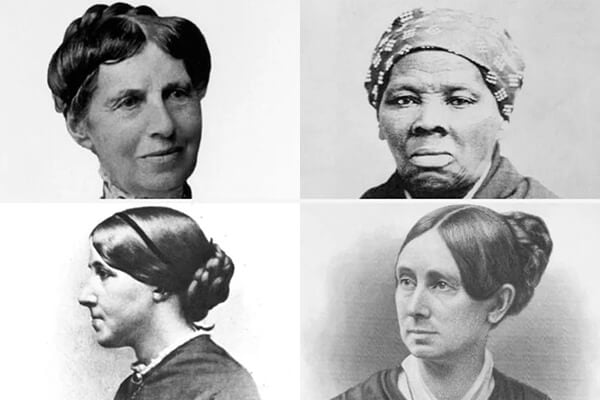Written by Katherine Schwegel, DNP, RN, ACNP-BC
In 1861, during the Civil War, nursing was in its infancy. Most nursing care took place in the home and was limited to caring for ill family members. A fine Victorian woman was tasked with creating a comfortable home for her husband and her children. If hospital care was required, the nursing duties were completed by men. It was considered taboo and distracting for a woman to give a bath to a male soldier while providing nursing care. As a result, women were not welcome in hospitals.
In the prior year, Florence Nightingale had just established her nursing school in England, leading to a total of two nursing schools worldwide. Nursing theories were just beginning to emerge regarding fresh air and sanitation. Medicine was also in its infancy, as many physicians were trained by an apprenticeship and learned surgical skills on the battlefield.
When the Civil War broke out, both sides found themselves grossly under prepared for the carnage that lay ahead. Women took part in Ladies Aid Societies to raise money and supplies for the troops. As men enlisted and went off to battle, women challenged traditions and customs to meet the ever-growing needs of wounded soldiers. The incredible women listed below and many others embraced the true nursing spirit, met their patients where they were, and overcame obstacles to deliver the compassionate care that nurses are so well known for.
Dorothea Dix
Before the war, Dorothea Dix was an advocate for humane treatment of the mentally ill. She developed strong political connections through her advocacy work and was ultimately appointed superintendent of Army Nurses for the Union Army. Dix was looking for a specific type of nurse, in an attempt to not distract the soldiers. Her ideal nurse was between the ages of 30 and 50, responsible, maternal, plain, and “devoid of personal attractions.”
These characteristics were thought to prevent men from getting distracted by the nurses providing care. Dix worked with her nurses to overcome gender barriers in hospitals because the work was seen as “men’s work.” Dix also established nurses into a role that was more than doctor’s assistants.
Clara Barton: The Angel of the Battlefield
Clara Barton is credited for establishing the Red Cross in the United States, long after the Civil War. However, she made immeasurable contributions to soldiers during the war. Barton used her resources to gather supplies for the troops. She took out an ad in a local newspaper calling for donations. She was able to get enough donations to fill three warehouses.
Barton often took the supplies to the battlefield herself and she gained official permission in 1862 to transport supplies. While on the battlefield, Barton attended to both Union and Confederate wounded soldiers. In 1864, Barton was named the head nurse for General Benjamin Butler’s unit. After the war, Barton worked with families to locate missing soldiers.
Louisa May Alcott
Prior to writing her beloved books, such as Little Women and Little Men, Louisa May Alcott served as a nurse for the Union Army. The leading cause of death in military hospitals was infection. Lack of sanitation and poor understanding of germ theory contributed to the rapid spread of infections, such as typhoid and dysentery. Nurses were at very high risk of contracting these diseases. After only six weeks as an Army nurse, Alcott contracted typhoid fever. She returned home to recover, thus marking the end of her nursing career. Louisa’s letters home recounting her experiences as an army nurse were published in a book called Hospital Sketches.
Harriet Tubman
Harriet Tubman is well known for her work as an abolitionist during the war, but she also worked as a nurse. Tubman is credited for saving the lives of many soldiers with the use of roots and herbs to treat common deadly infections such as typhoid and dysentery. Tubman worked as a nurse at Fort Monroe and some of the Union hospitals.
The nurses that served during the Civil War were pioneers in the field. They pushed the boundaries of gender and race to establish a role for professional nurses. These women treated patients where they were: battlefields, hospital ships, private homes, and makeshift hospitals. They were the catalyst for the development of nursing education and subsequently the nursing profession as we know it today.
About the Author
Katherine Schwegel, DNP, RN, ACNP-BC has over 25 years of nursing experience. She is currently working as the Director of Acute Case Management for a medical group in California. Katherine has a passion for nursing history and relating lessons learned to nursing practice today. When she is not working, Katherine enjoys spending time with her two children and two dogs.
References
Alcott, Louisa May. (1863) Hospital Sketches.
www.harriet-tubman.org/role-in-the-civil-war
www.history.com/news/nursing-women-civil-war
www.history.com/topics/american-civil-war/women-in-the-civil-war
www.womenshistory.org/education-resources/biographies/clara-barton
www.womenshistory.org/education-resources/biographies/dorthea-dix





